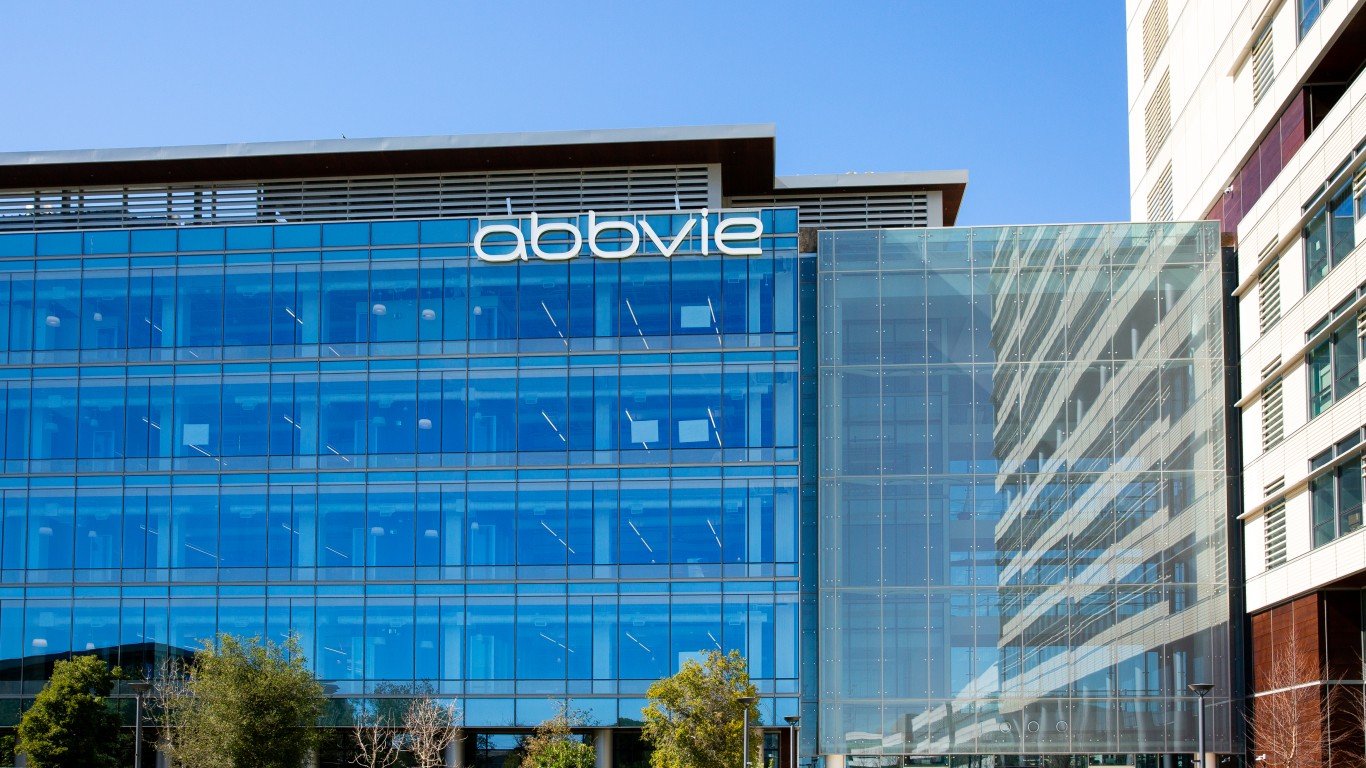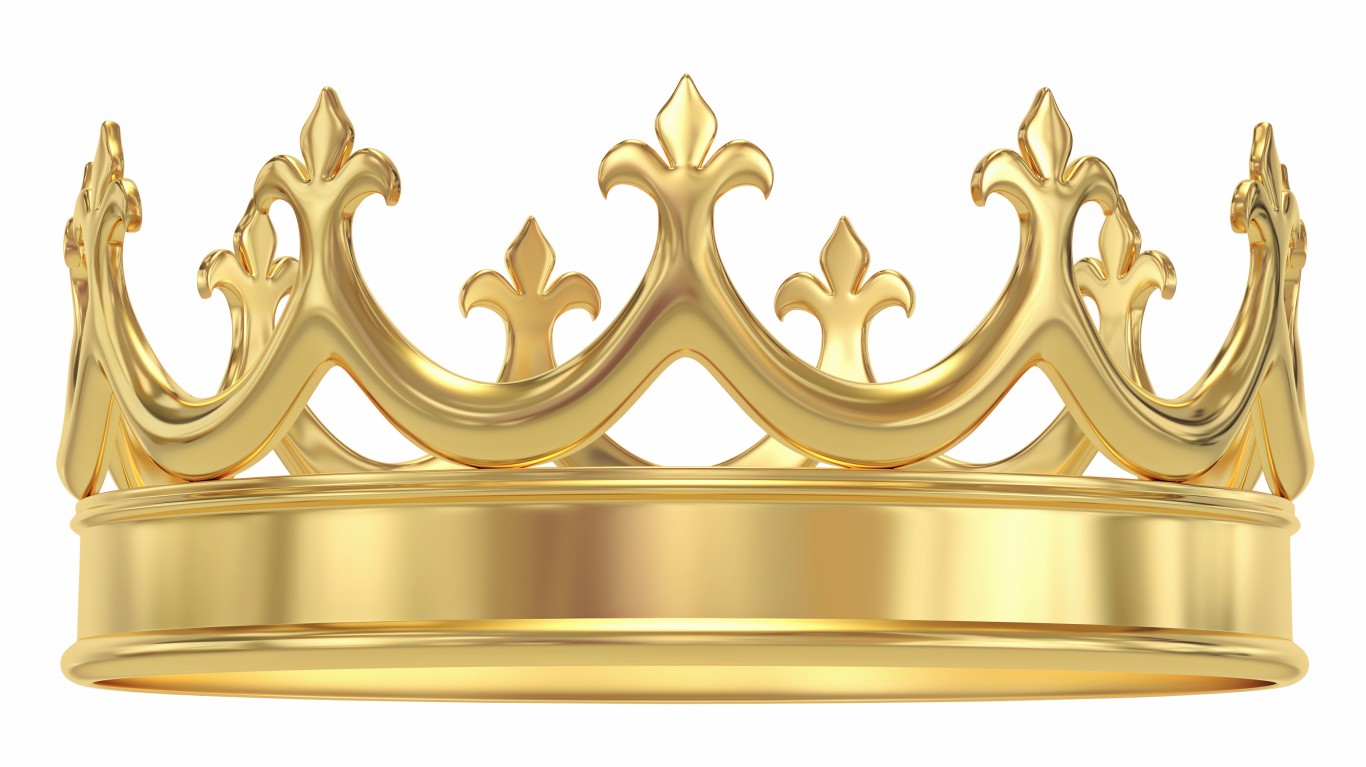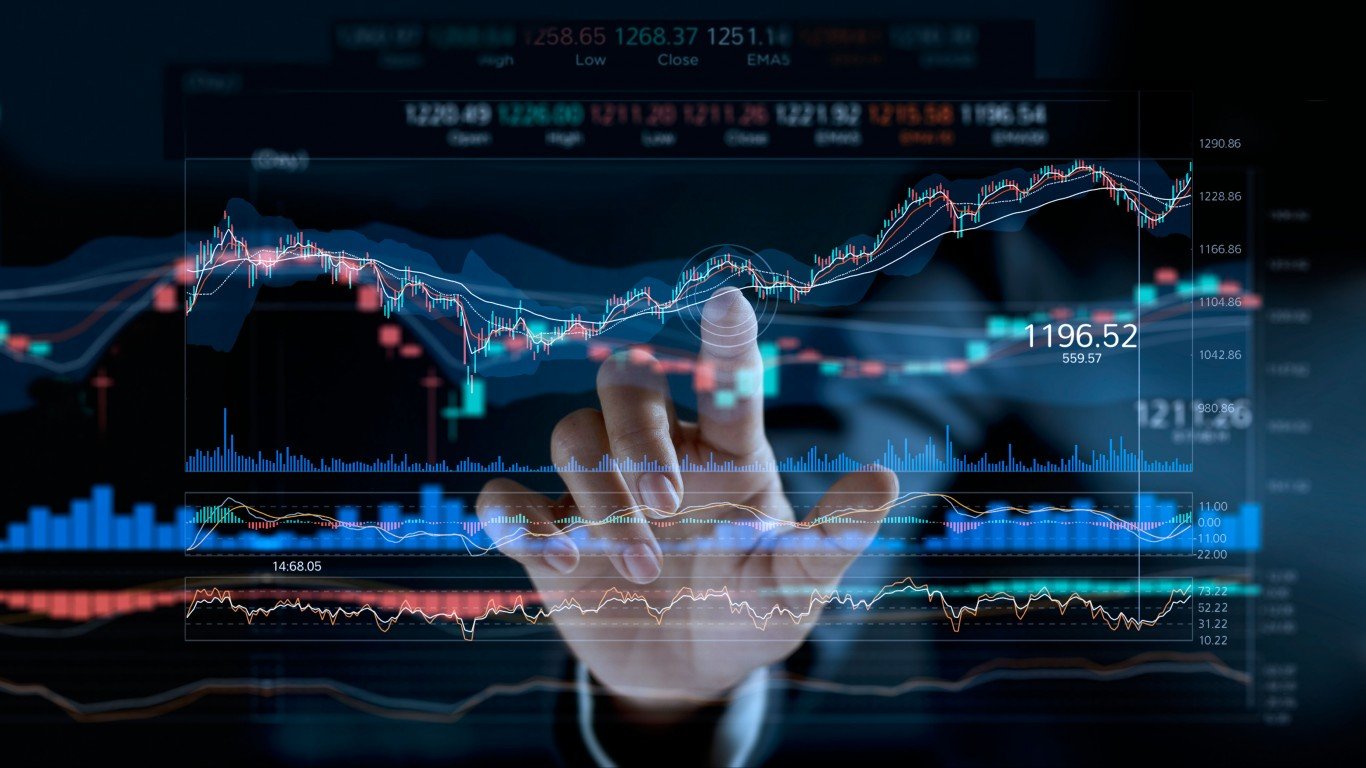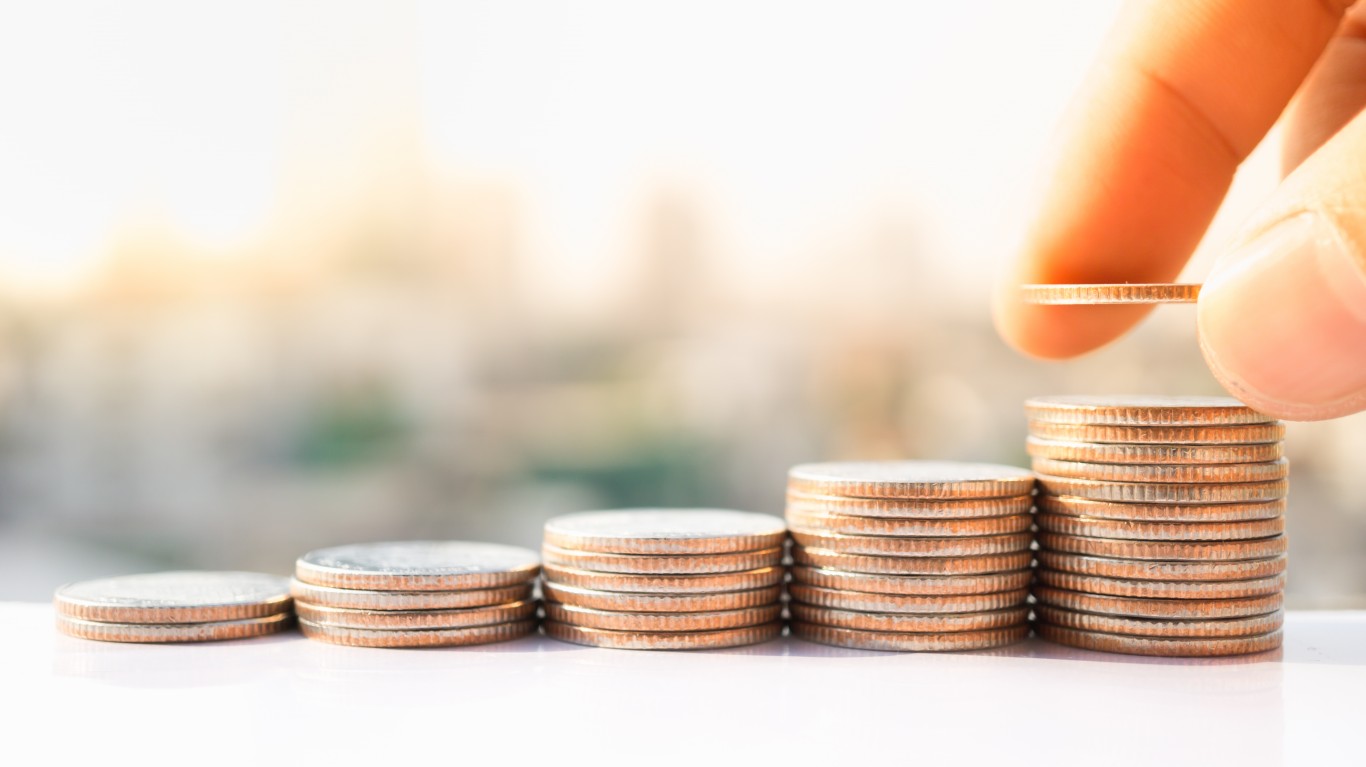

A key component of income investing is a portfolio that includes safe dividends, those that are unlikely to shrink or disappear. Recognizing when a dividend is stable and safe can be a challenge. Yet, certain metrics can offer clear signs for the investor looking to establish or shore up such a portfolio. What do these metrics tell us about the quarterly dividend at AbbVie Inc. (NYSE: ABBV)?
The most recent payout from Abbott Labs was $1.55 a share, and the yield is now about 3.7%. The next ex-dividend date is expected in mid-April. The current yield is less than that of such competitors as Bristol-Myers Squibb Co. (NYSE: BMY) and Pfizer Inc. (NYSE: PFE). But it is higher than at AstraZeneca PLC (NASDAQ: AZN), Eli Lilly and Co. (NYSE: LLY), Johnson & Johnson (NYSE: JNJ), Merck & Co Inc. (NYSE: MRK) and Novartis AG (NYSE: NVS). It is also a bit higher than the industry average of about 3.2%.
Dividend Aristocrat?

Other Valuation Metrics

The dividend payout ratio indicates how much of a company’s earnings are paid out as a dividend. It is a sign of how safe a company’s dividend is and how much room it has for future growth. The higher the ratio, the greater the risk. Income investors often look for a dividend payout ratio of less than 60%. AbbVie hits that mark with a current dividend payout ratio of about 50%. That is well above the industry average, but the company’s mean dividend payout ratio over the past decade was 76%.
A look at free cash flow reveals whether the company has the funds required for its payout, as well as for share repurchases or even paying down debt or making acquisitions. Income investors prefer growing free cash flows. At AbbVie, it has grown most years since 2015, when it was about $7.0 billion, to over $24.2 billion in 2022.
Return on invested capital is a measure of how well a company allocates its capital to profitable projects or investments. Again, the thing to look for is stability, specifically a double-digit ROIC over many years. At AbbVie, the current ROIC is more than 11%. It has been in the double digits for four of the past five years.
Operating margin is a measure of the percentage of revenue a company keeps as operating profit. Here too the preference is for a stable double-digit percentage increase. The current figure is around 19%. Note that in the past decade the figure has remained mostly between 20% and 40%. The operating margins are higher at all the competitors mentioned above except Ely Lilly and Merck.
A look at sales growth offers a clue to the volatility or cyclical nature of the business. Steady, moderate growth, say 3% to 7%, is ideal. Revenue at AbbVie has increased in most years over the past decade, from almost $18.5 billion to over $55.1 billion, though it has retreated a bit in the past few quarters. Similar declines were seen at AstraZeneca, Bristol-Myers and Pfizer as well.
Probably the most popular valuation metric is the price-to-earnings (PE) ratio. This indicates whether a stock is expensive or cheap at its current market price, compared to the broader market or to competitors. AbbVie has a trailing PE ratio of over 45, which is about the highest it has been in the past decade and higher than the industry average of about 24. However, the forward PE is closer to 15, in line with a broad historical benchmark of 15. The broader market’s current PE is 24 or so. Of the competitors named above, only Eli Lilly and Merck have PE ratios higher than AbbVie. (See why high-yielding Dividend Aristocrats like AbbVie are the best 2024 ideas now.)
And finally, the number of shares outstanding is worth a look. When companies buy back their shares, that number shrinks. But secondary offerings of stock and stock compensation increase that total. Investors tend to prefer a declining total, as that increases their stake over time. The number of AbbVie shares outstanding was near 1.6 billion a decade ago, and the total was around 1.7 billion on last look.
Summary

| Dividend Aristocrat | ✔ |
| Dividend payout ratio | ✔ |
| Free cash flow | ✔ |
| Return on invested capital | ✔ |
| Operating margin | ✔ |
| Sales growth | ✔ |
| PE ratio | 🗙 |
| Shares outstanding | 🗙 |
The dividend payout ratio seems fine for the time being. The PE ratio bears watching, as does the sales growth. However, the metrics look good overall. Therefore, we can say that AbbVie is likely to remain a Dividend King going forward.
Sponsored: Attention Savvy Investors: Speak to 3 Financial Experts – FREE
Ever wanted an extra set of eyes on an investment you’re considering? Now you can speak with up to 3 financial experts in your area for FREE. By simply
clicking here you can begin to match with financial professionals who can help guide you through the financial decisions you’re making. And the best part? The first conversation with them is free.
Click here to match with up to 3 financial pros who would be excited to help you make financial decisions.
Thank you for reading! Have some feedback for us?
Contact the 24/7 Wall St. editorial team.



